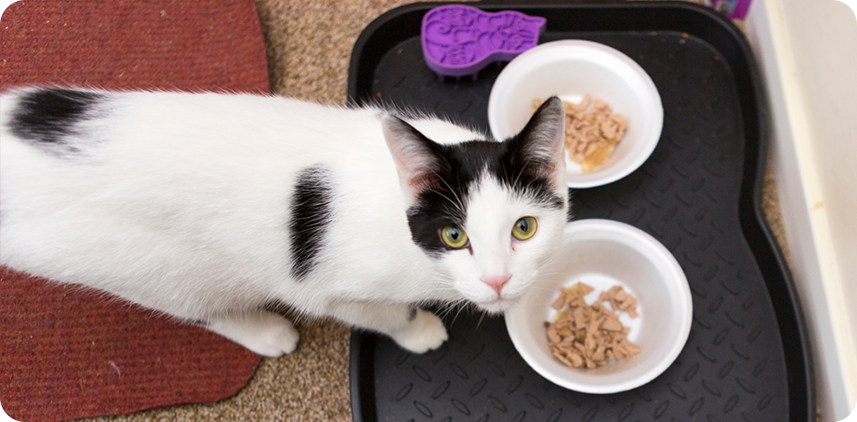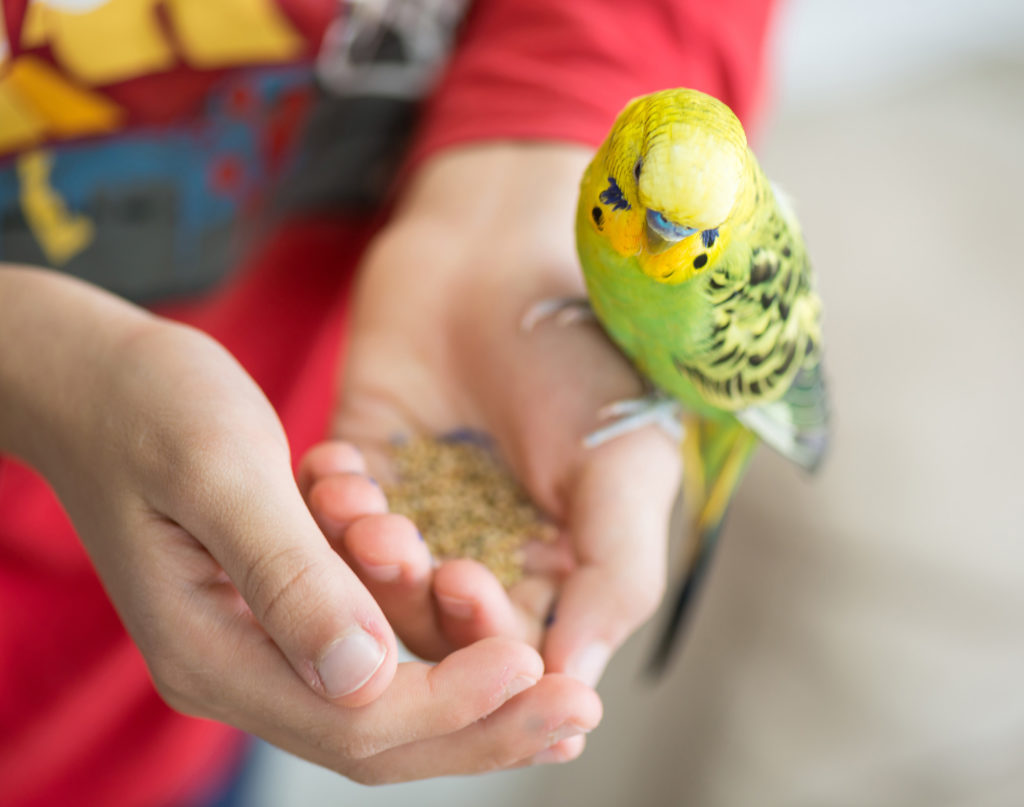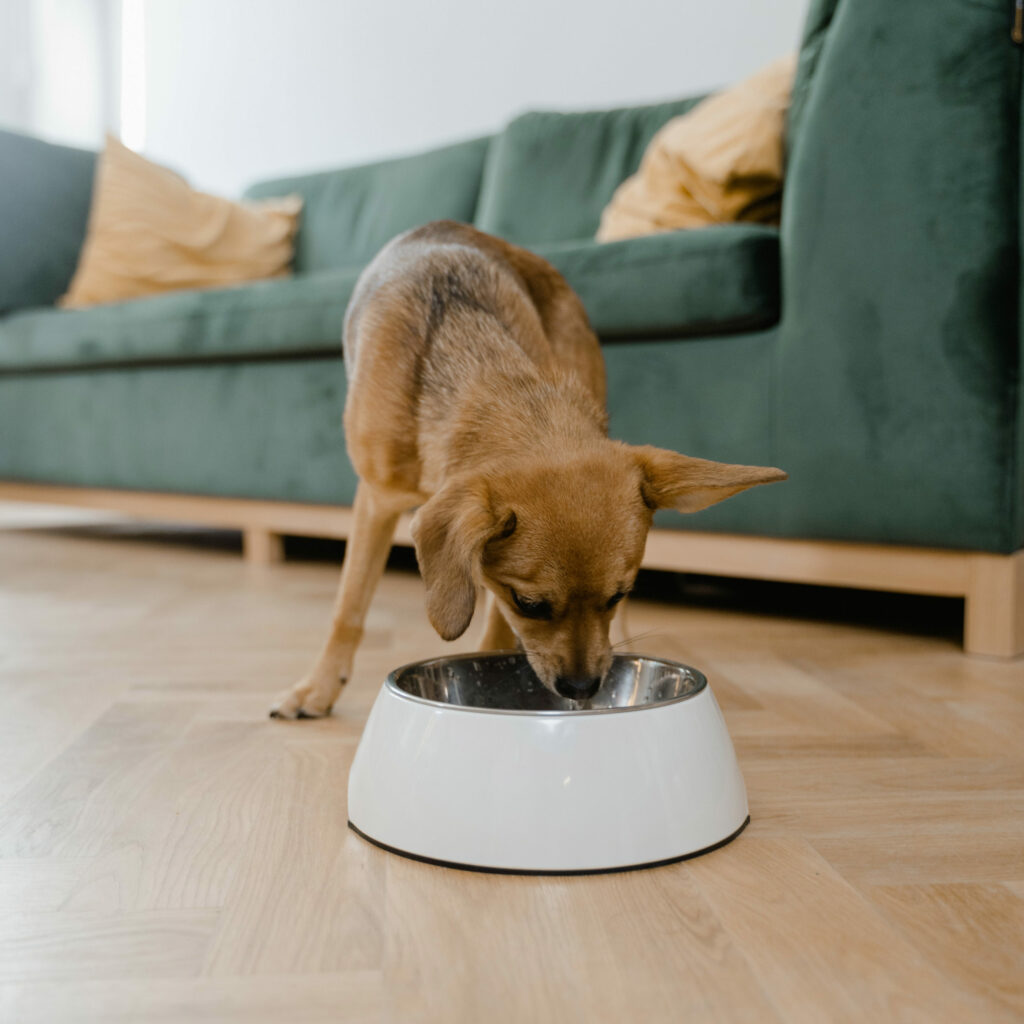Pillars of pet care: Nutrition

A healthy balanced diet for pets
Good nutrition is crucial for your pet’s health and well-being. As a pet parent, you must provide your animals with proper food, meaning it must contain all the right nutrients they need for optimum growth and development. Ask your vet or pet care professional what foods suit your pets’ needs. They will advise on you the best options and portion control. This way, you can help prevent poor health conditions later in life.
‘Complete’ pet foods
This is probably the most important term you need to be familiar with when choosing a pet food and it will be on the pet food label. The term ‘complete’ is in fact a legal definition and it means the product must contain (as required by law) all the nutrients your pet needs for healthy body function. Feeding a complete diet means you don’t need to provide any other food.
‘Complementary’ pet foods
If the term ‘complementary’ is on the pet food label, this means that the product isn’t nutritionally complete, and it will need to be fed alongside something else. Dog treats for instance are a complementary pet food. Remember to keep treats to a minimum as these will need to be taken into consideration at mealtimes and this can disrupt the nutritional balance of the main meal.
Dietary needs at different life stages
Balanced and complete nutrition is important for all pets; however, their nutritional needs can vary at different stages in their lives. For instance, the nutritional needs of a growing puppy or kitten are quite different to an adult cat or dog that may be less active. As pets progress into their senior years, their needs will change again. It is important to take your pet’s life stage into account when choosing your pet food as the diets have been specially formulated for a specific life-stage.
How much should I feed?
Balanced and complete nutrition is important for all pets; however, their nutritional needs can vary at different stages Feeding guidelines are always provided on the pet food packet. The guidelines will show how much of the product you need to feed per day. The recommendations are usually based on the pet’s weight, and sometimes take in to account their life stage and activity level. Although each pet will have their own unique needs, you should at least start with the amounts recommended before making appropriate adjustments according to weight changes. We always advise you weigh out your portion as estimating leaves a bit of room for error!

Avoid feeding table scraps and titbits
Table scraps and titbits can be higher in calories for our pets than we imagine making it hard to keep them at a healthy weight. Also, some human foods are toxic to pets.
How can I tell if my pet is doing well on their food?
Key signs that your pet is healthy and thriving are:
- A clean and shiny coat
- Clear, bright eyes
- A good weight and body shape
- Mouth should smell fresh and gums should be pink
If you have any concerns, don’t hesitate to speak to your vet.



